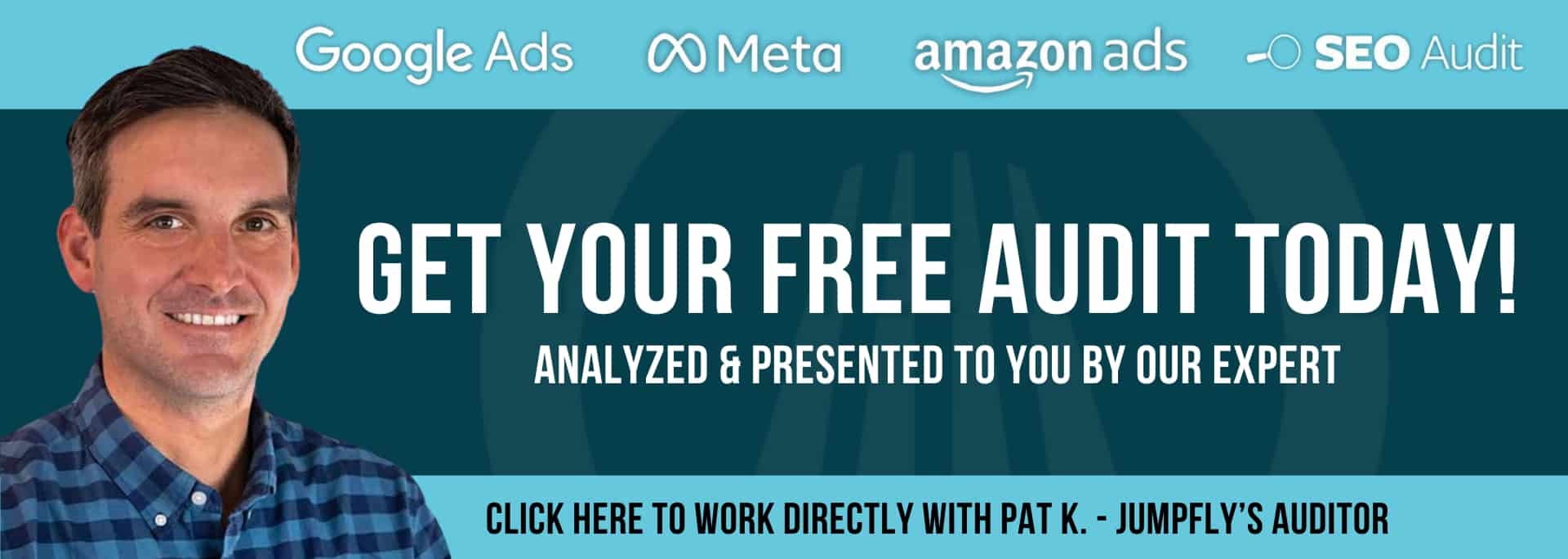TL:DR: Ads are starting to appear in Google’s AI Overviews/AI Mode and Microsoft Copilot, but only if your existing campaigns are optimized. Google requires Search, Performance Max, or Shopping with broad match/AI Max and smart bidding, while Microsoft favors Performance Max, Multimedia, Product, Search, and Vertical ads built from strong existing assets. The key: focus on smart bidding, high-quality visuals, and broad intent coverage so your ads are eligible as AI search grows.
AI is everywhere these days. It’s in the news, it’s powering the tools we use daily, and now it’s showing up right in our search results—whether through Google’s AI Overviews and AI Mode or Microsoft’s Copilot.
Getting your brand to appear organically in these new AI-powered search features is still a hot debate. There are some best practices floating around, but no one has fully cracked the code yet.
But what about ads? That’s where things get interesting. While there’s never a guarantee your ad will show (just like with traditional paid search, factors like bids, budget, targeting goals, and competition come into play), we do know the best practices that set you up for success.
Google AI Overviews and AI Mode
First off, let’s talk about Google.
The AI Overviews ads are definitely elusive. I was seeing them quite a bit, and now when I need one for a screenshot of this blog, I’ve had to rely on pulling from a Google deck, because I can’t get one to show up! And Google says they’re testing ads in AI Mode, but I have yet to see one IRL. Still, here’s what we know:
To show ads in Google AI Overviews or AI Mode, you need to be running one (or more) of these campaign types:
- Search
- Performance Max
- Shopping
But here’s the catch: it’s not enough to just run Search campaigns. To be eligible, you’ll need broad match keywords or AI Max for Search settings.
Why? Because AI Overviews and AI Mode focus on complex, informational searches, not just transactional ones. Broad match and AI Max open you up to intent-based queries, where Google’s AI can better align your ads with searcher needs.
Google puts it this way: “the system surfaces ads when there’s commercial intent detected and relevant ads in inventory.”
So basically, purely informational searches shouldn’t show your ads, but if the searchers show a hint of intent to buy, then you could show.
A key insight: we’ve been testing not excluding blogs in AI Max campaigns, and the results have been surprisingly strong. Blog traffic is converting, even directly to ecommerce purchases. (Look for another blog post in the near future on that!)
Best practices according to Google:
- Use smart bidding instead of manual bidding (you can’t run AI Max for Search without smart bidding).
- Make sure your website is up to date with high-quality images.
- Make sure landing pages have calls to action (especially true for blog pages).
- Exclude extraneous pages (shipping data, privacy policy, etc.).
- Make sure your shopping feeds are up to date and have high-quality images; include videos if you have them.
One last note: you can’t opt in or out of ads in AI Overviews or AI Mode. Reporting is limited, too. Google lumps these into “Top Ads” and doesn’t break them out further.
Microsoft Copilot
Now let’s switch gears to Microsoft.
Copilot is much easier to find ads in real life!
To show in Microsoft Copilot, you need to be using the following ad types:
- Multimedia ads
- Product ads (from Shopping or Performance Max campaigns)
- Search Ads (with logo or business logo automated extensions; that use Dynamic Search Ads, Responsive Search Ads, or PMax campaigns)
- Vertical Ads (Property Promotion or Tours and Activities)
According to Microsoft, Performance Max is the strongest bet since it uses images, headlines, and descriptions; all elements Copilot taps into. Ads with strong visuals, like Product Ads, Multimedia, and Vertical Ads, are also more likely to show.
While Microsoft hasn’t released a detailed best practices list, here’s what we know works:
- Use smart bidding (just like on Google).
- Opt into AI-powered assets for RSAs.
- Broader targeting helps, though Microsoft hasn’t said broad match is required.
- Keep using negative keywords, since they still apply in Copilot.
Unlike Google, Microsoft says ads in Copilot are solely generated from existing assets, not auto-generated copy like Google’s AI Max does. Still, like Google, Microsoft doesn’t give specific reporting for Copilot ads.
Final Thoughts
AI-powered search is only going to grow. As more people turn to AI Overviews, AI Mode, and Copilot, Google and Microsoft will absolutely want to monetize those spaces. Translation: we’ll see more ads there over time.
The good news? You don’t need to build brand-new campaigns to show up. The key is making sure your existing campaigns are optimized, with smart bidding, high-quality assets, and strong intent coverage, so you’re ready as these AI-powered experiences evolve.








